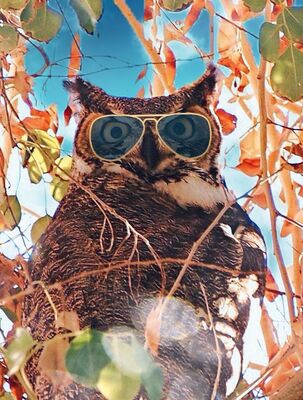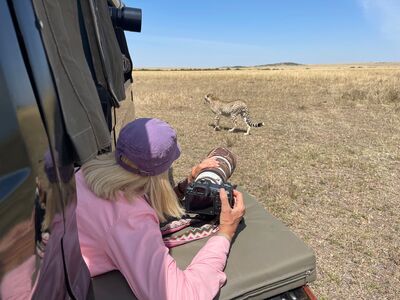Some local pretty stuff!
Jul 12, 2023 23:27:49 #
Jul 12, 2023 23:28:46 #
anotherview wrote:
The one of the Monarch butterfly perched on the flower takes the ribbon for me. Thanks for sharing.
Isn’t that a Tiger swallowtail? I’m pretty sure Monarch’s are orange and black. 🤓
Jul 12, 2023 23:30:23 #
My error. I crossed the two.
jrvinson45 wrote:
Isn’t that a Tiger swallowtail? I’m pretty sure Monarch’s are orange and black. 🤓
Jul 13, 2023 01:17:44 #
Jul 13, 2023 04:22:59 #
Jul 13, 2023 05:11:31 #
Photolady2014 wrote:
I took these the 4th on the property where we camp... (show quote)
Beautiful images Beth.
Jul 13, 2023 05:49:09 #
Photolady2014 wrote:
I took these the 4th on the property where we camp... (show quote)
Fantastic set!!!
Jul 13, 2023 06:40:09 #
Photolady2014 wrote:
I took these the 4th on the property where we camp... (show quote)
Very well done.

Jul 13, 2023 06:46:14 #
Jul 13, 2023 06:50:38 #
Jul 13, 2023 08:14:23 #
Jul 13, 2023 08:41:28 #
Jul 13, 2023 08:47:29 #
Jul 13, 2023 09:16:17 #
SWFeral wrote:
The unopened Sego Lily is exquisite. The osprey is, well, goofy!
Thanks so much, I love the Osprey!
Jul 13, 2023 09:16:37 #
If you want to reply, then register here. Registration is free and your account is created instantly, so you can post right away.











